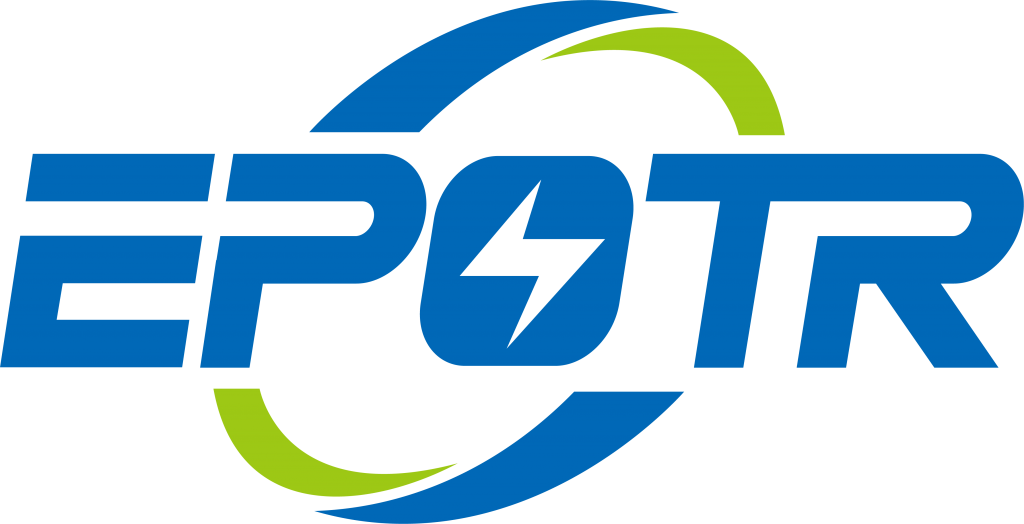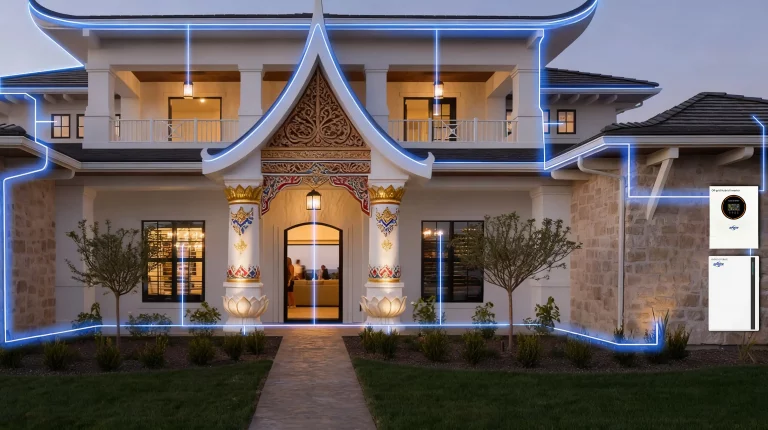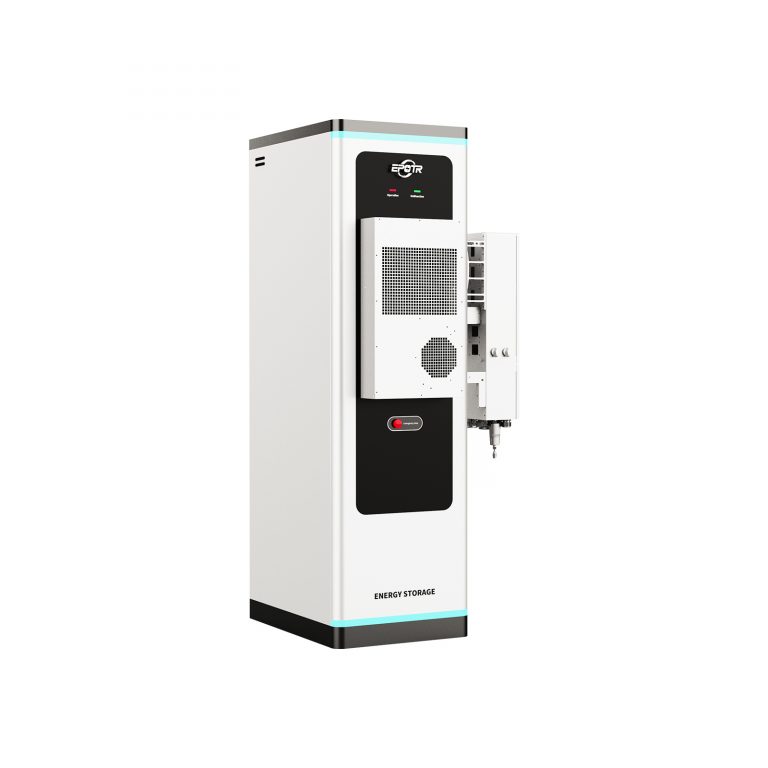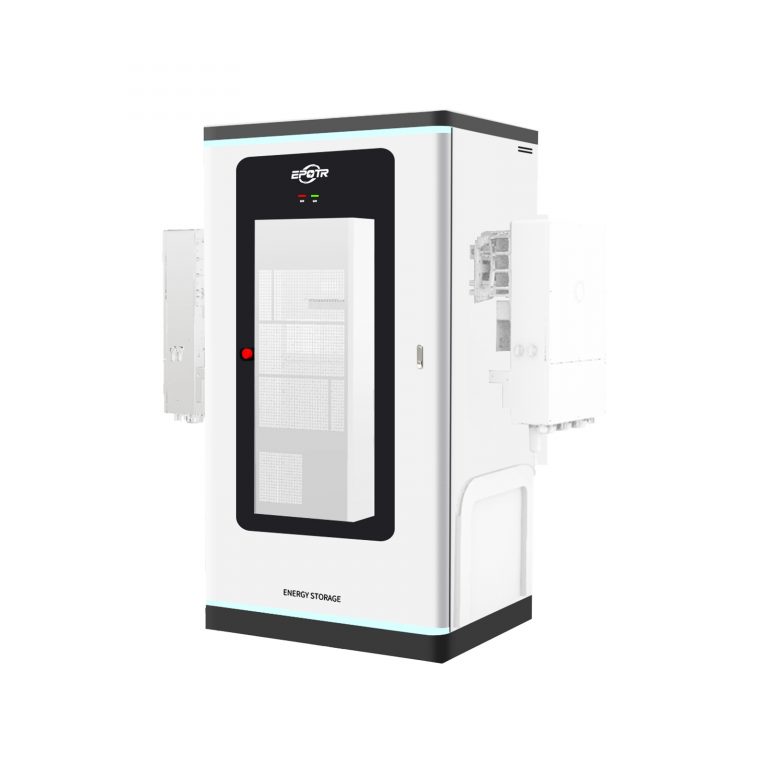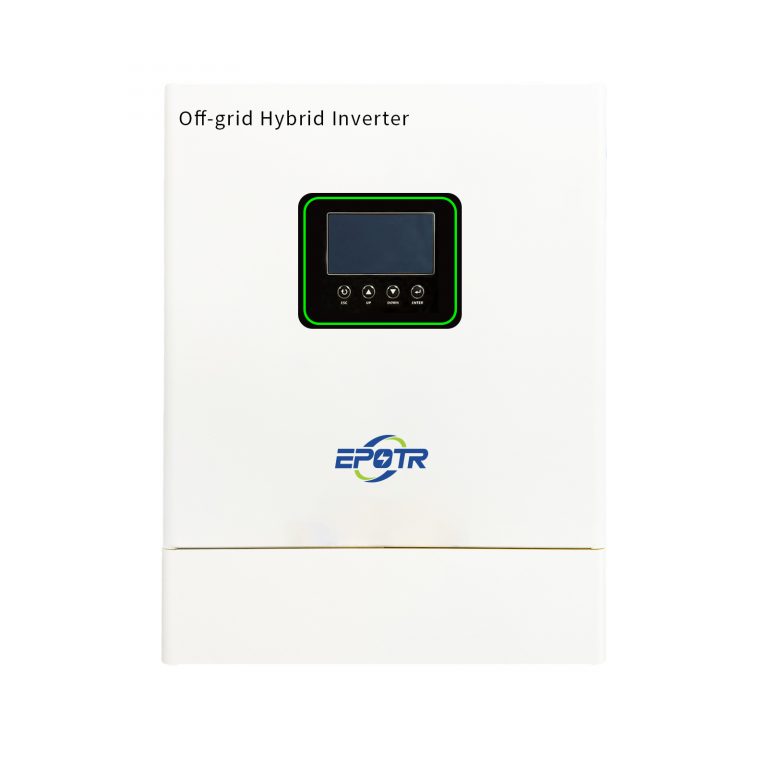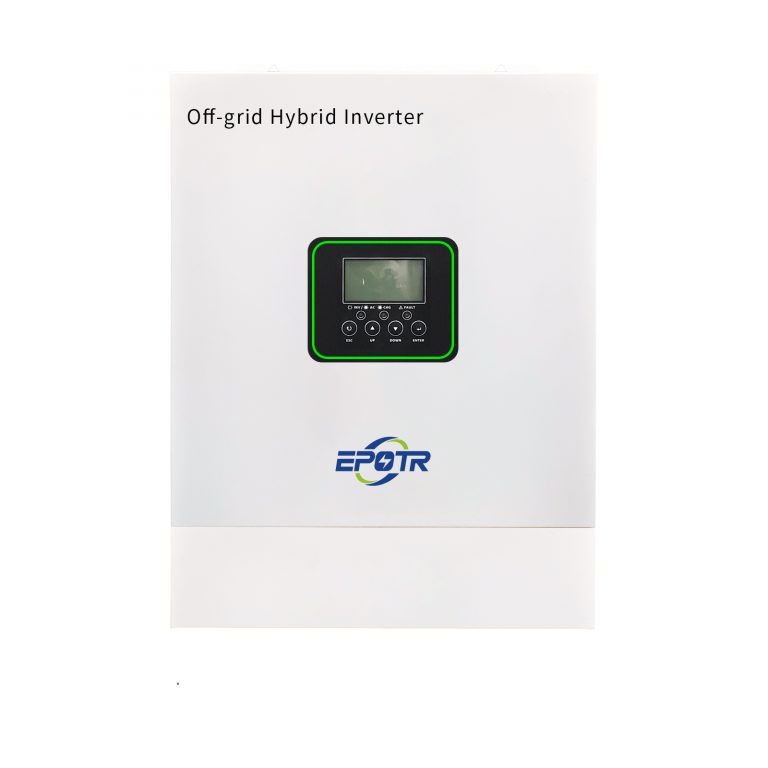Electricity bills climb every year in Vietnam. Rural homes endure two to four hour blackouts. Urban apartments squeeze into tight spaces yet crave backup power. Smart home energy storage systems change everything. These units pair lithium iron phosphate batteries with intelligent inverters and management software. They store cheap nighttime grid power or rooftop solar, then release it when rates spike. You cut costs, gain independence, and sleep through outages. Meet EPOTR, the Dongguan innovator launched in 2023 to make energy simple and green. Their solutions range from sleek wall packs to towering floor stacks, all built around LFP cells that cycle 6000 times at 90% depth of discharge. Safety earns CE, IEC62619, and UN38.3 marks.
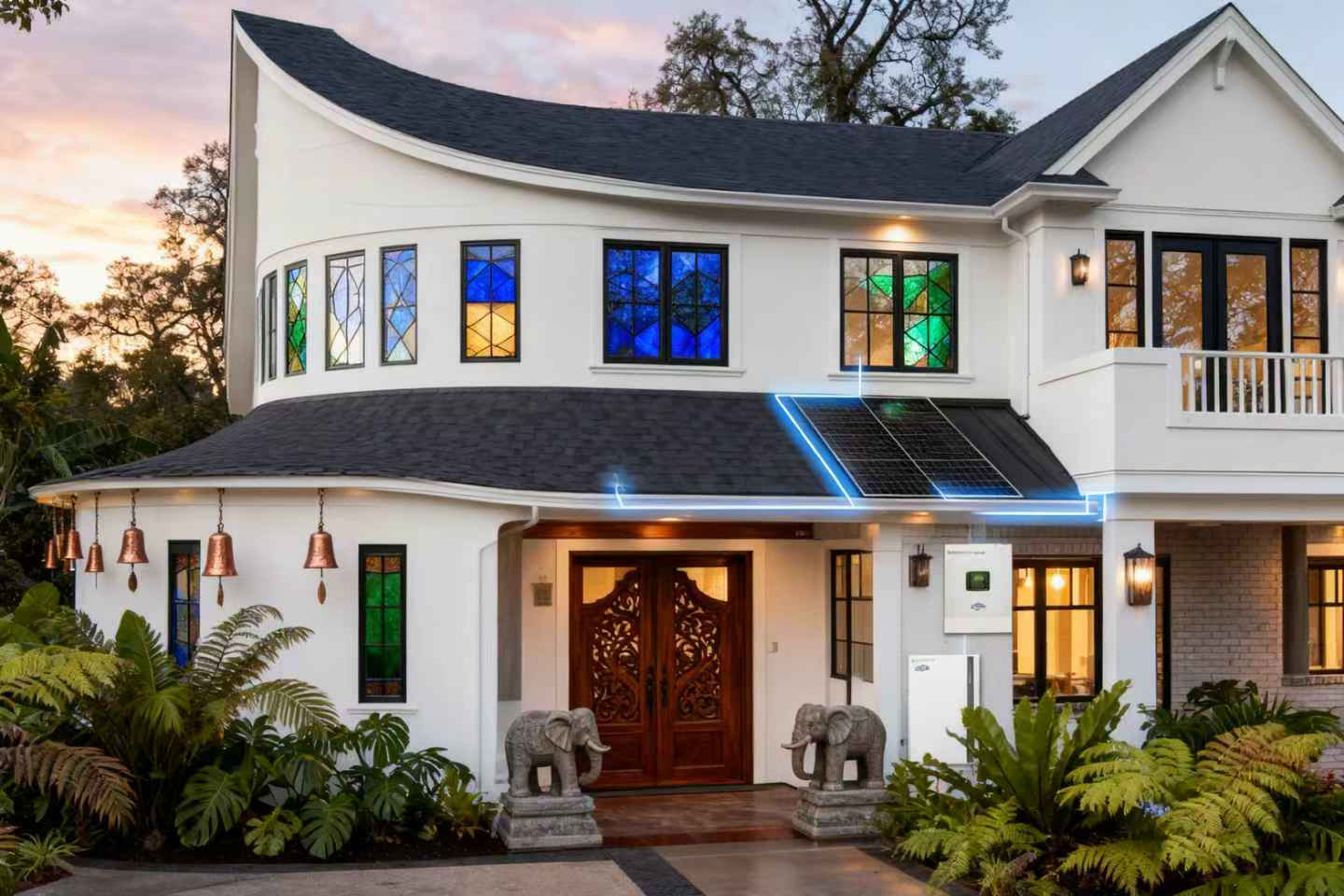
Why Do Vietnam Households Pay So Much for Power?
Tiered tariffs punish heavy users. Peak surcharges hit hardest between 9:30 AM and 11:30 AM. Diesel generators gulp fuel at triple the grid rate. Traditional appliances waste watts without notice. Smart storage ends the bleed.
Tiered Tariffs and Peak Penalties
Vietnam’s six-block pricing jumps 50% after 100 kWh. Add peak multipliers and your air conditioner alone doubles the bill. Shift that load to stored off-peak energy. Savings appear instantly.
Frequent Outages and Diesel Costs
Rural grids flicker daily. A 5 kW generator burns 2 liters of diesel per hour. At 25,000 VND per liter, four hours cost 200,000 VND. Batteries deliver silent, clean backup for pennies.
Hidden Inefficiency in Traditional Appliances
Fans, fridges, and lights run blindly. No feedback. No timing. Smart EMS watches every watt, learns your routine, and powers down non-essentials automatically.
How Does Smart EMS Slash Your Bill Overnight?
Software sits at the heart. It predicts tomorrow’s usage from yesterday’s habits. Then it charges when electricity costs least and discharges when prices soar. Results show on your phone.
Real-Time Load Forecasting
Cloud algorithms track weather, occupancy, and appliance patterns. Accuracy reaches 95%. You wake to a pre-cooled home without morning peak rates.
Automatic Peak Shaving
Batteries release power the moment tariffs climb. A 10 kWh pack covers evening lights and fans. Grid draw drops to zero during expensive hours.
Seamless Solar Integration
Rooftop panels feed MPPT chargers at 99% efficiency. Excess fills batteries first, sells to the grid second. Net metering credits stack up.
Which Battery Chemistry Offers the Best Value in Vietnam?
Lithium iron phosphate (LFP) wins hands down. It costs less upfront than ternary cells, lasts far longer than lead-acid, and eliminates fire risk completely. Global certifications and ironclad warranties lock in long-term value.
6000 Cycles at 90% DOD
- Daily charge-discharge for 16+ years
- Retains 70% capacity after 8000 cycles
- Zero replacement cost in typical 10-year ownership
| Metric | LFP | Lead-Acid | Ternary |
| Cycles (90% DOD) | 6000 | 500 | 2000 |
| Cost per kWh | $120 | $80 | $180 |
| Fire Risk | None | Low | Thermal runaway |
CE and IEC62619 Certifications
Global labs simulate:
- Nail penetration
- 130% overcharge
- 70°C crush tests Your family stays safe even in 50°C Vietnamese attics.
- 5-Year Performance Warranty
Can Compact Design Fit Vietnam’s Urban Homes?
Space defines city living. Wall-mounted units hang like pictures. Floor-standing towers blend with furniture. Both scale from 5 kWh to 36 kWh without mess.
Wall-Mounted 5-16 kWh Units
A 5.22 kWh pack weighs 44 kg, measures 632 × 418 × 136.5 mm. Mount it beside the meter box. Done.
Floor-Standing Stackable Towers
Start with 10.44 kWh, add modules to 36.56 kWh. Each tower stands 660 mm wide, looks like modern furniture, hides in corners.
Furniture-Style Aesthetics
Soft curves, neutral gray, LED mood lighting. Guests compliment the design before they notice the function.
How Simple Is Installation and Daily Use?
Forget electricians for days. One technician, one hour, zero dust. Control lives in an app translated to Vietnamese.
30-Minute Wall Setup
Four screws, one plug. The Wall-mounted Residential ESS clicks into place. Power flows.
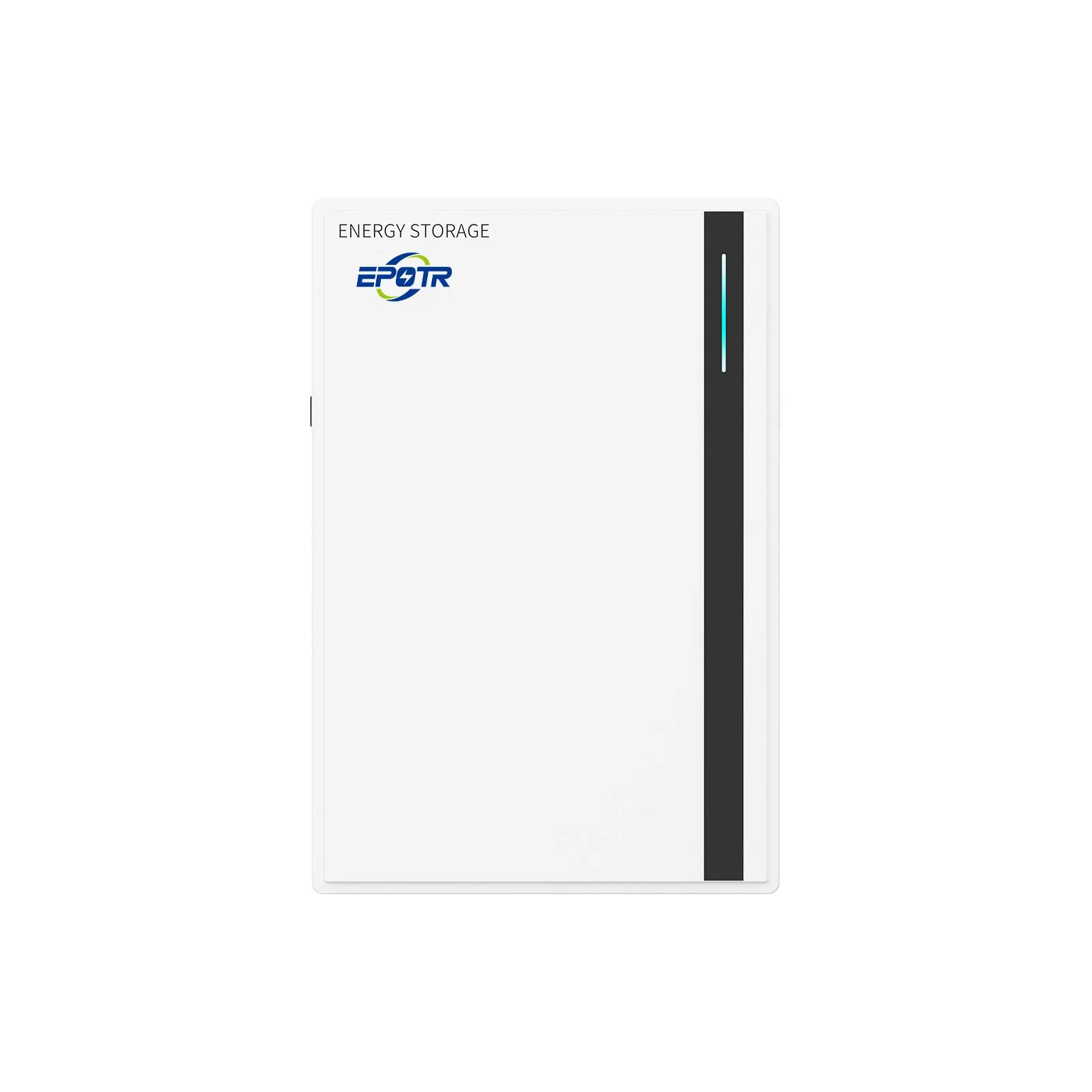
App Control in Vietnamese
Set schedules, watch savings, trigger backup mode. Graphs update live. Kids learn faster than parents.
Zero Maintenance for 5 Years
Passive cooling, no fans, no filters. BMS balances cells nightly. You only open the app to smile at lower bills.
What ROI Can You Expect in 3-5 Years?
Crunch the numbers. A 10 kWh system costs roughly 8,000 USD installed. Savings start month one.
Bill Reduction Breakdown
Average home uses 400 kWh monthly. Peak shaving saves 100 kWh at 4,000 VND each. Solar adds 150 kWh free. Total: 550,000 VND monthly, 6.6 million yearly.
Payback Period Calculation
Yearly savings of 6.6 million VND divide into 8,000 USD (192 million VND) yields 2.9 years. After that, profit.
Government Subsidy Eligibility
Net metering pays 2,000 VND per excess kWh. Rooftop programs cut upfront cost 20%. Your payback shrinks further.
Why Choose EPOTR for Your Vietnam Home?
Product depth, local support, and proven results set the standard. Floor and wall options cover every need.
Floor-Standing Residential ESS Showcase
The Floor-standing Residential ESS stacks up to 36.56 kWh, cycles 6000 times, and carries IP20 safety in a slim tower.
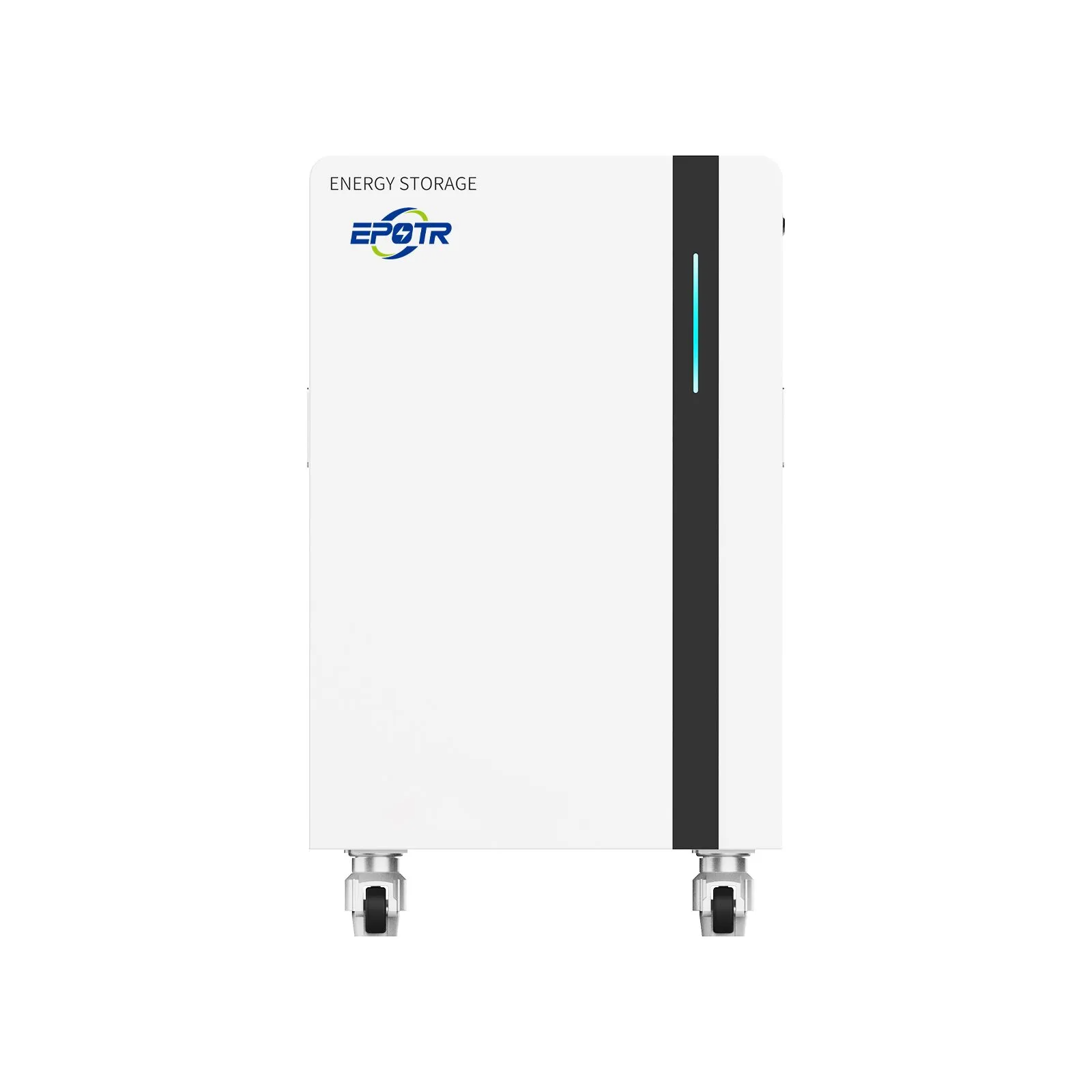
Wall-Mounted Residential ESS Showcase
Compact 5-16 kWh packs fit flats, deliver 95% round-trip efficiency, and mount anywhere with four screws.
Nationwide Service Network
Technicians in Hanoi, Da Nang, and Ho Chi Minh respond within 24 hours. Spare parts stock locally. Peace of mind included.
Conclusion
Smart home ESS turns rising bills into shrinking ones. LFP batteries, intelligent software, and compact designs deliver safety, savings, and style. Payback lands in three years or less. Outages become forgotten. Start today. Explore floor or wall options and claim your free audit.
FAQ
Q1: How much can a 10 kWh system save monthly in Vietnam?
A: Expect 550,000 VND. You shave 100 peak kWh at 4,000 VND each (400,000 VND) and gain 150 solar kWh free with net metering (150,000 VND credit). Total adds up fast.
Q2: Is installation complicated for apartments?
A: No. Wall units need four screws and 30 minutes. One technician lifts the 44 kg pack, plugs the cable, and powers on. No rewiring, no dust, no landlord drama.
Q3: What safety tests do the batteries pass?
A: CE, IEC62619, UN38.3. Labs puncture, overcharge, and crush cells. LFP chemistry shows zero flames, even in 50°C tropical heat. Sleep easy.
Q4: Can the system grow later?
A: Yes. Stack floor units to 36 kWh in one tower or parallel wall packs to 25 total. Add modules anytime. Your system grows with your family.
